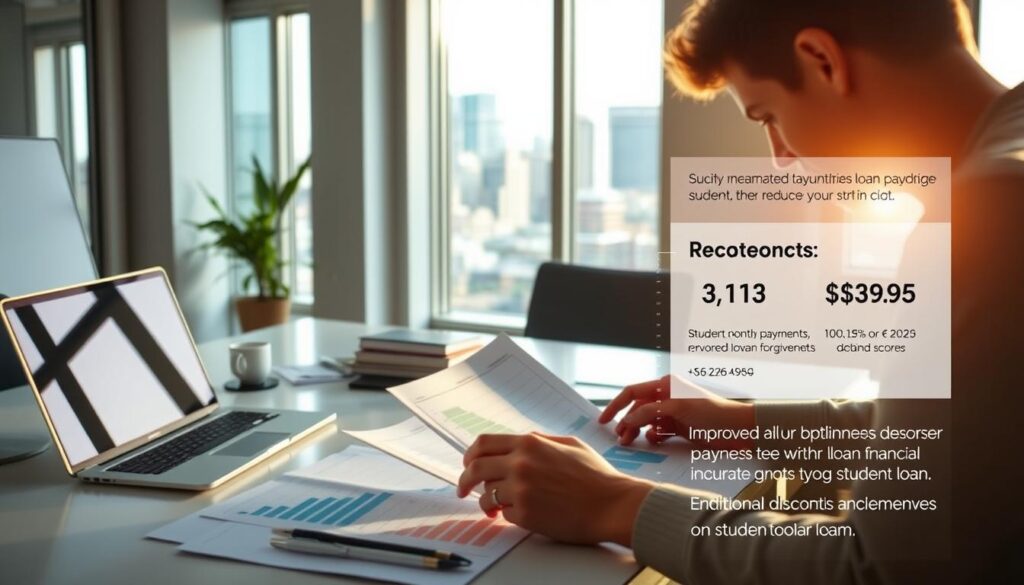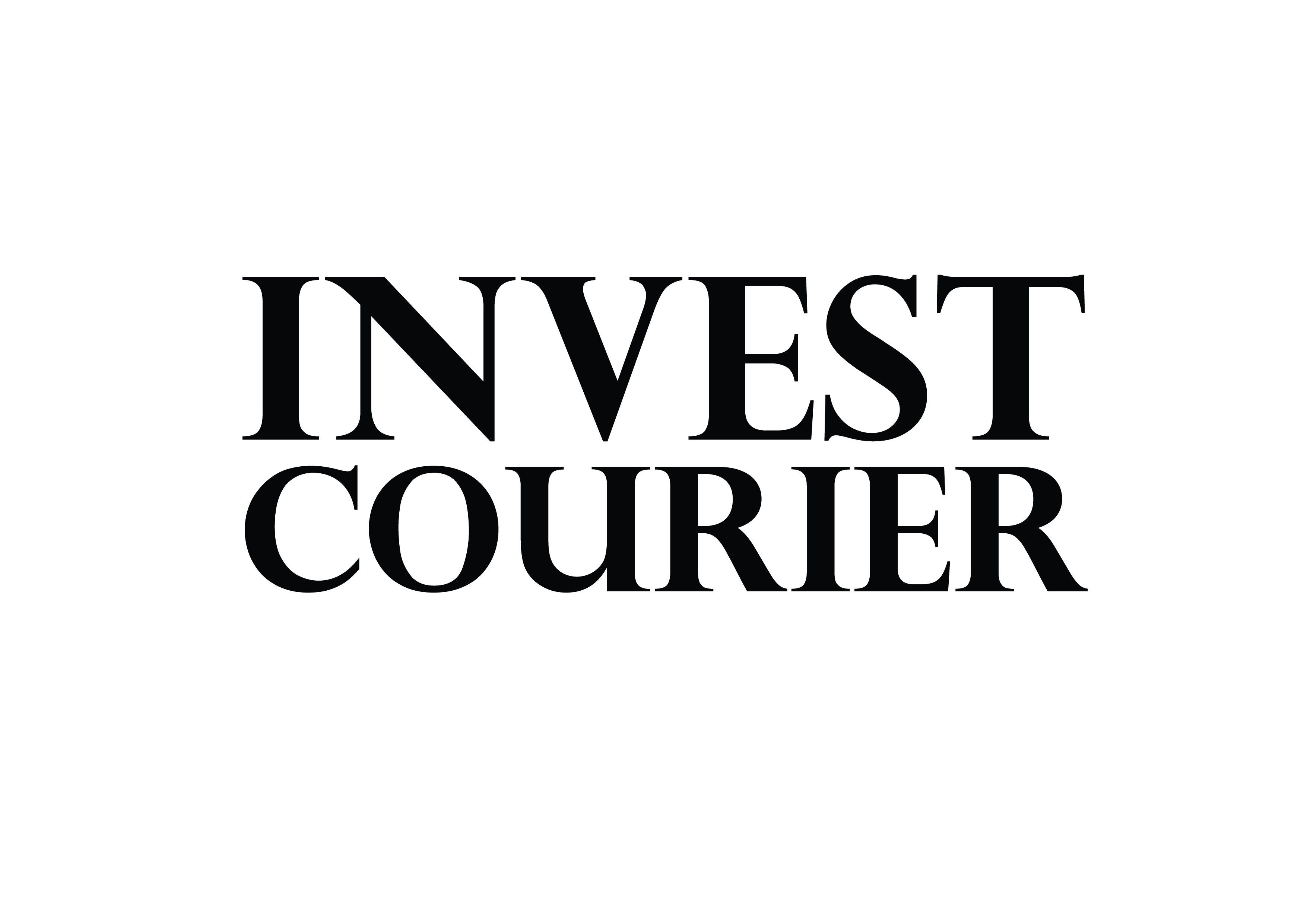Navigating debt can feel overwhelming, especially when it comes to federal student loans. Recent proposals aim to ease this burden by offering forgiveness programs. These initiatives could reshape your financial landscape in significant ways.
Biden’s plan suggests forgiving $10K to $50K per borrower, with a projected cost of $300B to $980B over a decade. While this sounds promising, it’s important to note that 70% of the benefits may go to higher-income households. This raises questions about how evenly relief is distributed.
Tax implications are another key factor. Forgiven debt is typically taxed as income, though federal exemptions are in place until 2025. State taxes, however, may still apply. Additionally, your credit score might dip temporarily by 5-10 points due to changes in your credit mix. This effect usually lasts 3-6 months.
Improving your debt-to-income ratio through forgiveness could also enhance future borrowing capacity. To ensure accuracy, check your credit report after any changes. For more details on repayment options, visit this guide.
What Is Student Loan Forgiveness and How Does It Work?
Federal programs offer ways to reduce or eliminate your educational debt. These initiatives are designed to help borrowers manage their financial obligations more effectively. Understanding the details can help you determine if you qualify and how to apply.
Definition of Student Loan Forgiveness
Loan forgiveness refers to the permanent cancellation of federal loan balances under specific conditions. This means you no longer owe the remaining amount on your loans. Programs vary, but most require meeting certain criteria, such as employment in public service or consistent repayment over a set period.
Eligibility Criteria for Loan Forgiveness Programs
To qualify for these programs, you typically need to meet income and employment requirements. For example, Biden’s plan caps eligibility at $125K for individuals and $250K for households. Other programs, like Public Service Loan Forgiveness, require 120 qualifying payments while working for a nonprofit or government agency.
Types of Loan Forgiveness Programs Available
Several federal student relief options exist. Public Service Loan Forgiveness is ideal for those in nonprofit or government jobs. Teachers in low-income districts may qualify for up to $17.5K in relief. Income-Driven Repayment plans, like PAYE and REPAYE, offer forgiveness after 20-25 years of consistent payments. Note that Parent PLUS loans are often excluded from most programs.
The Financial Benefits of Student Loan Forgiveness
Financial stress from educational loans can be eased through targeted relief initiatives. These programs not only reduce your debt but also improve your overall financial health. Let’s explore how these benefits can work for you.

Reduction in Monthly Payments
One of the most immediate benefits is a lower monthly payment. For example, a $30K balance at a 6% interest rate could drop from $333 to $113 with $20K in relief. This frees up cash for other priorities, like saving or investing.
Improvement in Debt-to-Income Ratio
Your debt-to-income ratio (DTI) plays a big role in financial decisions. Lenders prefer a DTI below 36%, and educational loans often consume 8-12% of income. Reducing your debt by $1K can increase your home-buying power by about $10K.
Potential for Tax-Free Forgiveness
Federal tax-free forgiveness is guaranteed through 2025, meaning you won’t owe taxes on the canceled amount. However, state taxes vary—Mississippi taxes forgiven debt, while California exempts it. Always check local laws to avoid surprises.
For more insights on managing your debt, explore this guide. Relief programs can be a game-changer, helping you achieve financial stability and peace of mind.
Potential Drawbacks of Student Loan Forgiveness
While relief programs offer significant benefits, they also come with potential downsides. Understanding these challenges helps you prepare for any financial adjustments. Let’s explore some key areas to consider.
Impact on Credit Score
Your credit score might experience a temporary dip after debt cancellation. Installment loans, like educational debt, make up 10% of your FICO score. Removing them can reduce your credit mix, potentially lowering your score by 5-10 points. This effect usually lasts 3-6 months.
Late payments can also linger on your credit history for up to seven years. Even with forgiveness, these marks remain, affecting your overall creditworthiness. Monitoring your account and ensuring accuracy is crucial during this period.

Tax Implications of Forgiven Debt
Debt cancellation often comes with tax implications. While federal exemptions protect you from taxes until 2025, state rules vary. For example, Pennsylvania treats forgiven debt as taxable income, potentially creating a $12K tax bill on $50K of relief.
It’s essential to check your state’s taxes to avoid unexpected costs. Planning ahead can help you manage these financial obligations more effectively.
Long-Term Financial Considerations
Income-Driven Repayment (IDR) plans, while helpful, can increase total interest paid by 18-25%. Forgiving $50K after 25 years often exceeds the original principal, leading to higher costs over time.
Parent PLUS loans are another concern. Ineligible for most programs, they can create generational debt. Additionally, defaulted loans may still incur collections, even post-forgiveness.
Prioritizing relief over refinancing could also cost you 2-4% in extra interest rate. Weighing these factors ensures you make the best decision for your long-term financial health.
How Student Loan Forgiveness Affects Different Income Groups
Understanding how relief programs benefit various income groups can help you see the bigger picture. These initiatives don’t impact everyone equally, and the distribution of benefits varies significantly across income levels.
Distribution of Benefits Across Income Levels
According to Penn Wharton data, 73% of $50K in relief goes to the top 60% of earners. Meanwhile, the bottom 20% receives only 7-9% of the total benefits. This disparity highlights how higher-income households often gain more from universal plans.
For example, top earners with incomes over $1,090K receive an average of $18K in relief. In contrast, low-income borrowers face limitations, with only 12% of those earning under $30K qualifying for Income-Driven Repayment (IDR) forgiveness.
Impact on Low-Income Borrowers
Low-income borrowers often face unique challenges. Advanced degree holders, who typically earn more, hold 40% of the debt. This leaves fewer resources for those with lower earnings. Additionally, Black borrowers receive 11% less relief due to higher private loan usage.
Married filers also face hurdles, as their income thresholds are lower than those for single high-earners. State-by-state variations further complicate matters, with Massachusetts residents receiving 23% more relief than borrowers in Wyoming.
Impact on High-Income Borrowers
High-income borrowers tend to benefit the most from these programs. Over a lifetime, they save an average of $194K compared to $68K for low-income borrowers. This is partly because they hold larger amounts of debt and qualify for more relief under universal plans.
However, even high earners face challenges, such as marriage penalties and state-specific tax rules. These factors can reduce the overall amount of relief they receive.
Conclusion: Weighing the Pros and Cons of Student Loan Forgiveness
Deciding whether to pursue student loan forgiveness requires careful thought. While it offers immediate relief, long-term financial implications must be considered. For example, 43M borrowers may qualify for $10K-$20K in relief, but 8% risk facing tax bills over $5K.
Timing matters. Coordinate forgiveness with major purchases like homes or cars to maximize benefit. A hybrid approach—combining partial forgiveness with refinancing—can secure better rates. Relocating to tax-exempt states before forgiveness may also save you money.
Documentation is key. Programs like PSLF require a 4-year certification process. Employer repayment programs offer up to $5,250 annually, tax-free. Before deciding, use the StudentAid.gov Loan Simulator to explore your options.
Balancing short-term relief with long-term consequences ensures you make the best choice for your debt and credit health. Plan strategically to maximize the advantages of these programs.


